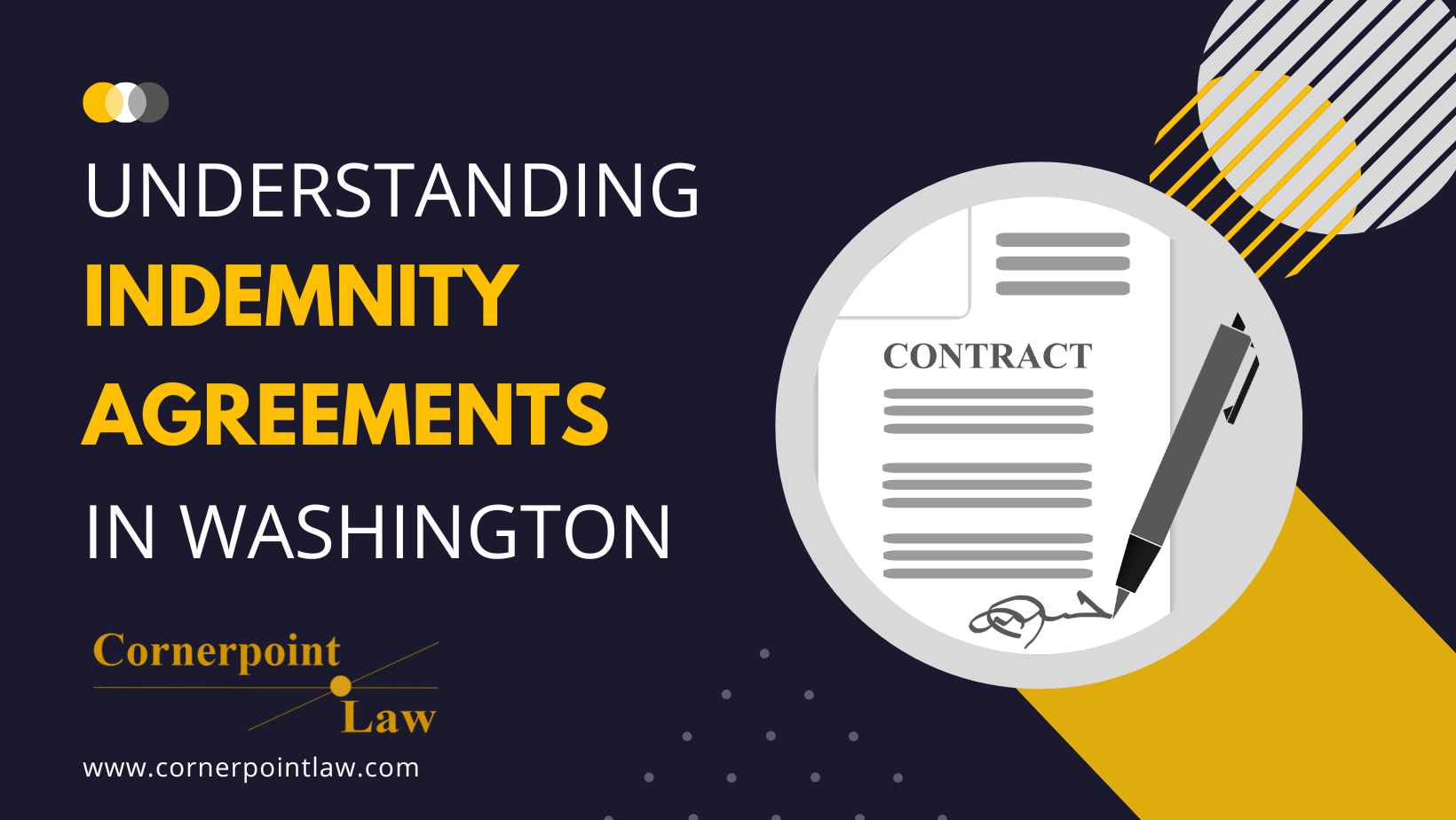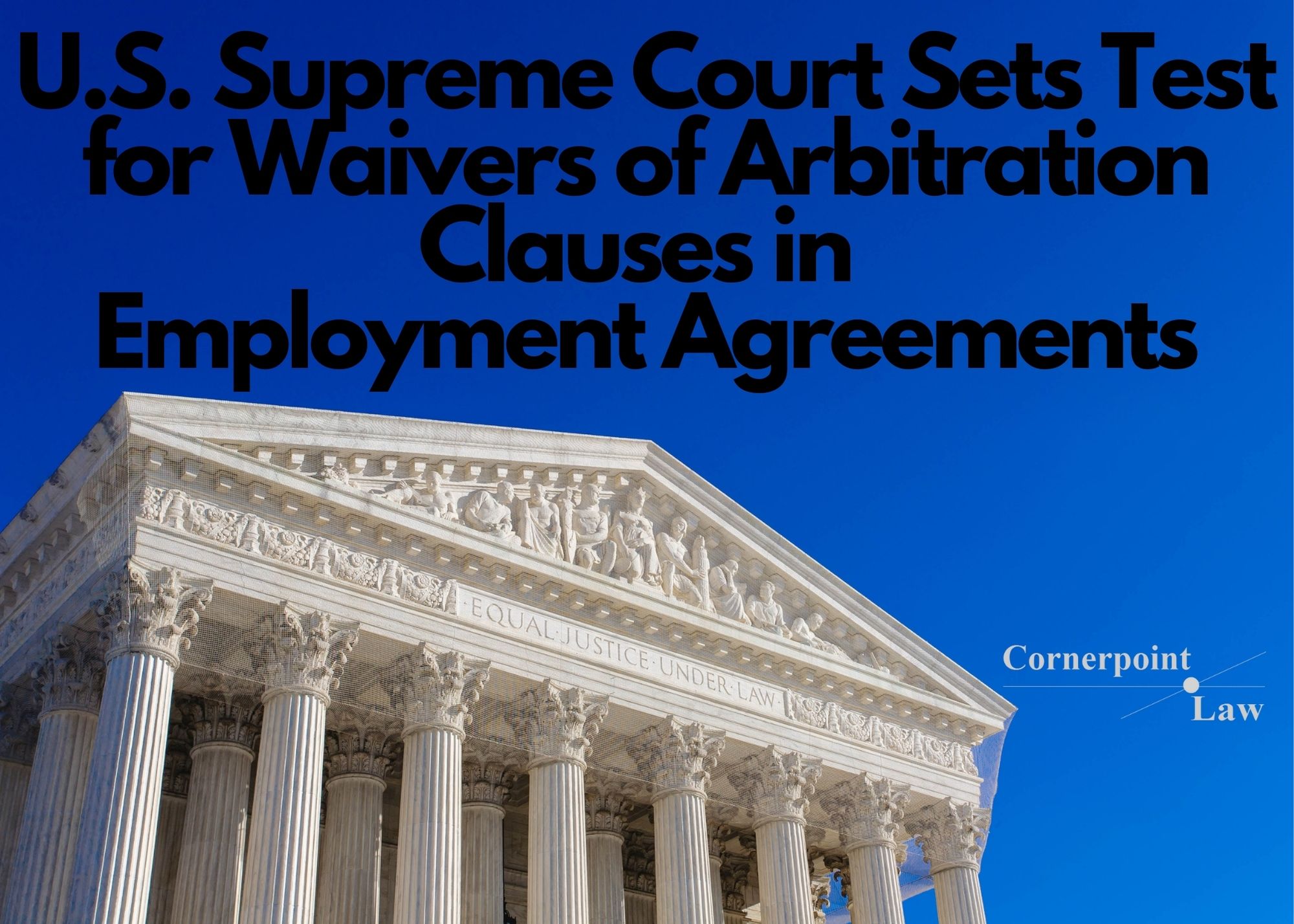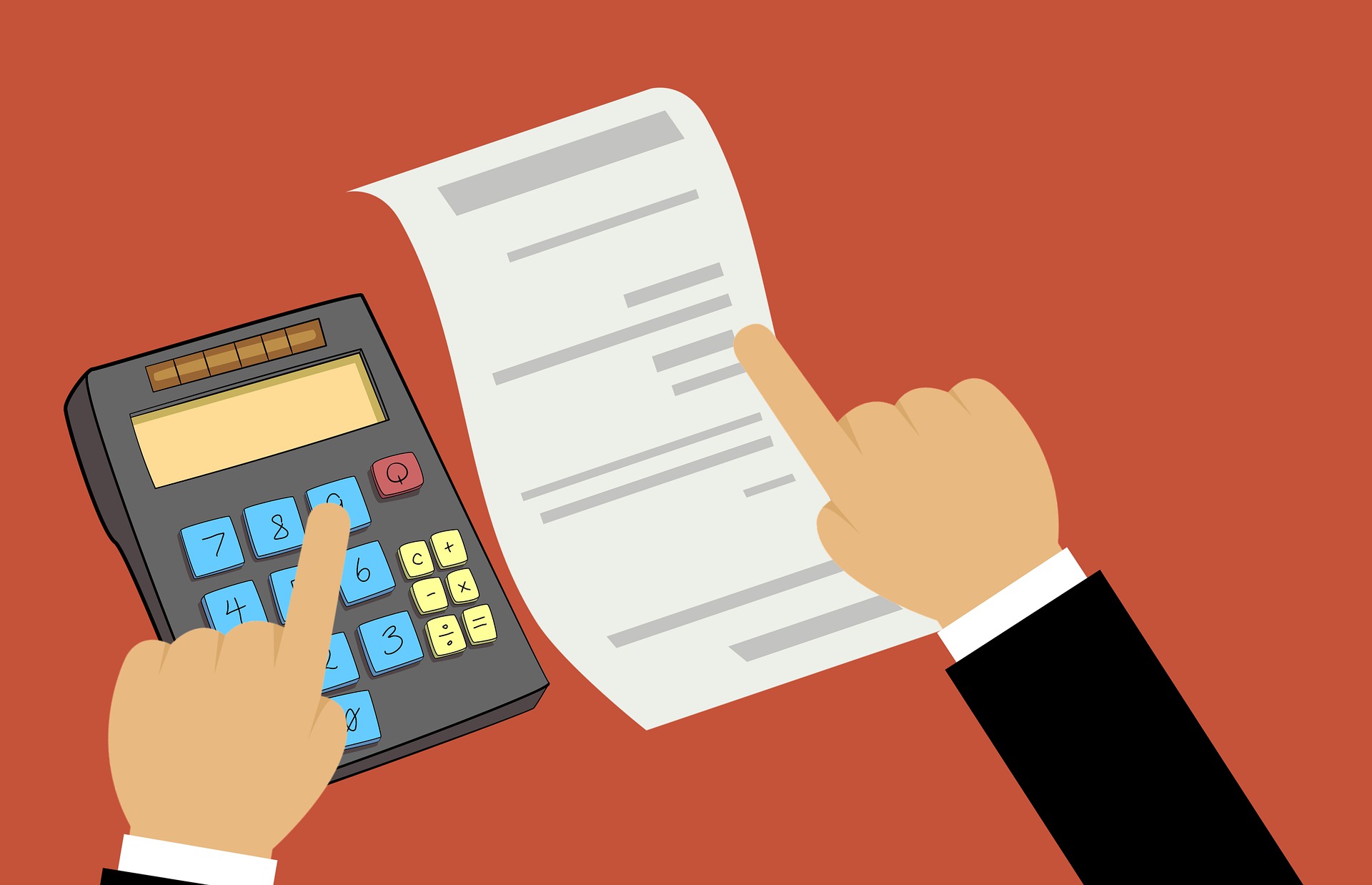Initial Pleadings: How a Lawsuit Starts Rolling
February 22, 2018
Unauthorized use and/or duplication of blogposts without express and written permission is strictly prohibited. Excerpts and links may be used, provided that full and clear credit is given, and with appropriate and specific direction to the original content.
The author of this post can be reached by phone at 206-693-2718 or by email.
Initial Pleadings: How a Lawsuit Starts Rolling
By Stacia Hofmann
Courts have their own language, rules, and customs that, at times, can seem otherworldly. By understanding the brass tacks of the litigation process, businesses can make personalized strategic decisions about risk management and dispute resolution.
In October, I posted a chart showing the different court options for litigating civil disputes in Washington. But what happens after you or your opponent chooses a court? This blogpost covers the vocabulary and rudimentary first steps in starting or responding to a lawsuit. We refer to early documents as the “initial pleadings” in the area of the law known as “Civil Procedure.”
The Plaintiff Volleys First with the Summons and Complaint
The plaintiff (the party filing the lawsuit) has the responsibility of preparing at least two documents:
- The “complaint” sets forth the facts and legal theories of the case against the defendant (the party responding to the lawsuit).
- The “summons” formally notifies the defendant of the lawsuit, and includes a deadline by which the defendant must respond to the complaint.
There may be other initial pleadings required by a court. For example, King County Superior Court requires that the plaintiff also fill out a form notifying the court of the proper court location (Seattle or Kent) and the type of case.
To start the lawsuit, the plaintiff must file all court-specific forms and the summons and complaint with the court clerk (and pay the fee established by the court) and must also “serve” them on the defendant. The most frequent method of service in civil litigation is in-person, or hand-to-hand, delivery of a printed copy of the plaintiff’s initial pleadings. Strict rules govern methods of service, who may serve the summons and complaint, and who may receive the summons and complaint.

The Defendant Can Volley Back, Catch and Hold, or Default
If the defendant is represented, the defendant’s attorney will normally file a “notice of appearance,” an initial pleading that lets the court and the plaintiff know about the attorney. A notice of appearance gives certain notice and communication protections to the defendant.
To avoid a status of “default,” discussed below, the defendant must answer the complaint in writing. In this initial pleading, the “answer,” the defendant can admit or deny the allegations in the plaintiff’s complaint. The defendant must also list any “affirmative defenses” — specific, established defenses that are so important to the case that the defendant must raise them right away.
If related to the plaintiff’s lawsuit, the defendant can also become a plaintiff and sue another party in the same case:
- The defendant can sue the plaintiff – called a “counterclaim.”
- The defendant can sue another defendant – called a “cross-claim.”
- The defendant can sue someone who is not already in the lawsuit – called a “third-party claim.”
Anyone the defendant sues (i.e., a counter-defendant, cross-defendant, or third-party defendant) must also file an answer.
WARNING ABOUT DEFAULT JUDGMENTS!
If a defendant does not answer and certain procedural requirements are followed, a plaintiff may ask the court for a “default judgment” against the non-responding defendant. With few exceptions, a default judgment disposes of the dispute in the plaintiff’s favor, grants the plaintiff the relief and damages sought in the complaint, and is the final court-ordered decision in the case. Unless successfully challenged, which is generally an uphill battle, a default judgment can be enforced and collected against just like a judgment after a trial. For a defendant, the importance of avoiding a default judgment cannot be overemphasized.
The initial pleadings are just one category of pleadings that are filed in a case. Their primary purpose is to get the lawsuit rolling by putting the court and other parties on notice of the claims and defenses in dispute.
This blog is for informational purposes only and is not guaranteed to be correct, complete, or current. The statements on this blog are not intended to be legal advice, should not be relied upon as legal advice, and do not create an attorney-client relationship. If you have a legal question, have filed or are considering filing a lawsuit, have been sued, or have been charged with a crime, you should consult an attorney. Furthermore, statements within original blogpost articles constitute Stacia Hofmann’s opinion, and should not be construed as the opinion of any other person. Judges and other attorneys may disagree with her opinion, and laws change frequently. Neither Stacia Hofmann nor Cornerpoint Law is responsible for the content of any comments posted by visitors. Responsibility for the content of comments belongs to the commenter alone.





Very informative breakdown of how lawsuits begin. Understanding pleadings is essential for anyone navigating civil litigation—thanks for making it clear!